The main purpose of surgical interventions for cancer treatment is to completely remove the cancerous tissue or tumour from the area where it is located. Surgical operations, which play an important role in the treatment, diagnosis, determination and in some cases prevention of cancer in pets, are the first step of treatment in many cases.
In cancer cases, surgery is performed to remove the cancer from the body or for pathological examination of tissues (biopsy). Surgery plays an important role in the treatment, diagnosis, determination of the cancer progression and in some cases prevention of cancer in pets, and in many cases, it is the first step of treatment.
The main aim of surgery for cancer treatment is to completely remove the cancerous tissue or tumour from the area where it is located. In some cases, cancer cells in certain areas, such as lymph nodes, also need to be removed. In some cases, amputation is necessary, which animals can easily adapt to.
For the successful treatment of cancer, it is critical that the first surgery is performed with great skill. The most important opportunity for complete removal of cancerous areas is the first operation period when normal tissues still retain their density. For some tumour types, the success rate is increased by using advanced imaging techniques such as CT or MR while planning the operation. The highest efficiency from surgical intervention is obtained when the cancer is in its early stages and therefore located in a single area of the body.
When cancerous tissues are surgically removed, a certain amount of healthy tissue is also removed to prevent microscopic amounts of cancerous cells from remaining in the surrounding tissues. The area of healthy tissue to be removed is determined depending on the type and location of the tumour and the type of adjacent tissues. The aim of this procedure is to prevent recurrence of cancer. Surgical removal of locally recurrent tumours is a more difficult process due to the excess of damaged tissues.
Some tumours may be benign, but often these also need to be removed from the body. Pathological examination should be performed on all removed tumours. A postoperative treatment plan is created according to the pathological results. Protocols determined by pathological findings are also applied for tumours, some of which cannot be removed due to the location of the tumour or the required amount of healthy tissue around it.
When deemed necessary by the oncology specialist, the treatment process is continued with applications such as radiotherapy and/or chemotherapy, and in some cases, these treatments are applied before the operation to minimise the tumour before surgery.
In our clinic, our experienced surgeon is accompanied by our expert veterinary anaesthesia technician, and the operations are performed in our sterilised operation room with UVGI, using modern devices and closed circuit anesthesia.





